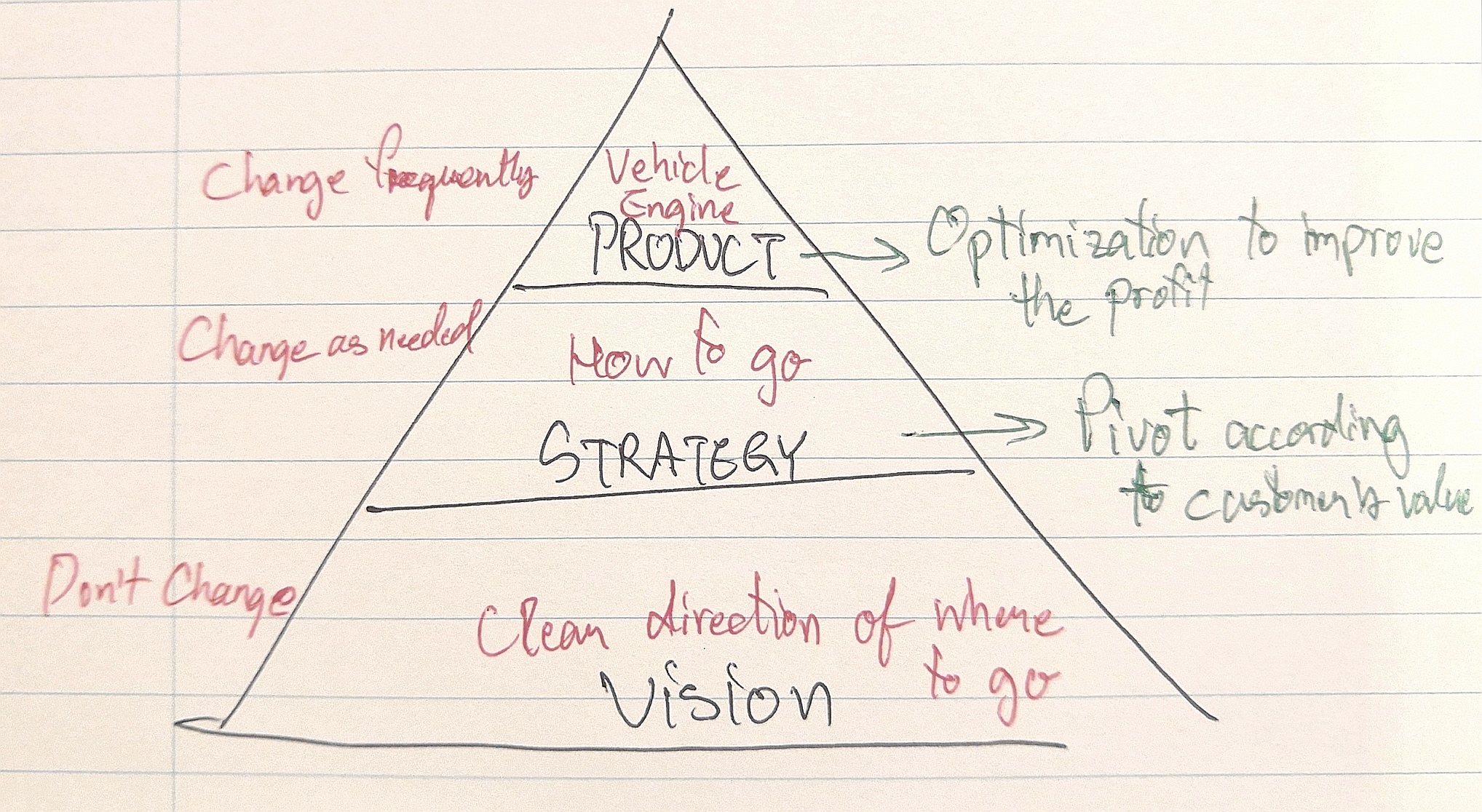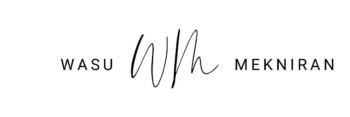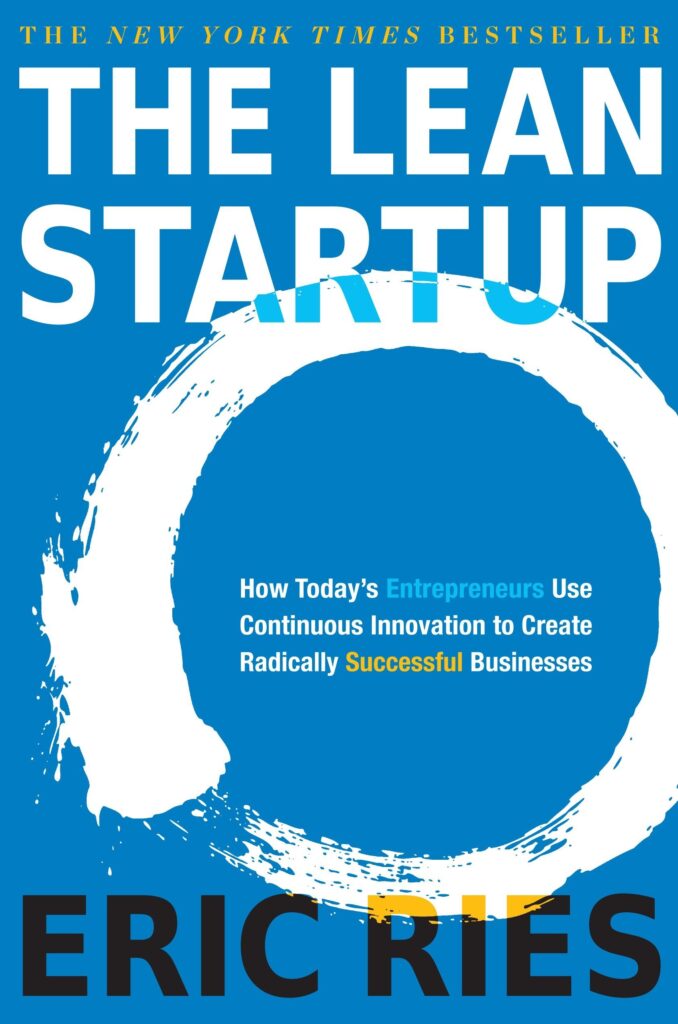Category: Business Creation
(26 von 100)
Why: I need to prove my consulting business idea.
Goal: launch an MVP to prove that there is a market for my offer.
Table of Contents
Action: Write Down Leap-of-faith Assumption.
3 Key Concepts
- Startup creates a new product under extreme uncertainty.
- Lean startup waste is anything that doesn’t lead to validated learning.
- When in doubt, simplify! Measure one thing after another.
Summary
The Lean Startup is packed with insights. Eric linked first to the Lean Production System, where I am familiar with. However, I learned how the startup is fundamentally different from conventional business. Here are the key takeaways. Enjoy!
Startup creates a new product under extreme uncertainty.
The target market for Startup is one filled with Chaos. It is so disruptive that normal management does not function here. But, on the other hand, the “Just-do-it” cult is also not effective. (the reason why our startup success rate is so low…)
What choice do we have?
Eric suggested that we adopt Lean thinking to our startup journey. Still, this time, waster is not defined as anything that customer does not value. Rather, anything that does not lead us to validated learning. Referring to actions that do not prove the hypothesis at all or not in a measurable way.

How should we validate our hypothesis?
Eric said every Startup starts with a Vision that contains leap-of-faith assumptions;
namely the Value hypothesis and Growth hypothesis.
The next task is to validate them as efficiently as possible by building a Minimum Viable Product (MVP). And then, rev the feedback loop as quickly as you can.
Build-Measure-Learn feedback loop
- Build: turn ideas into product.
- Measure: translate customer responses on product to useful data.
- Learn: turn data into ideas of better product, or decide whether to pivot or preserver.
The planning is a bit tricky. First, we need to plan in reverse, and it goes like this:
- Figure out what we need to learn.
- Use specific baseline to measure whether we gain validated learning.
- Figure out the product that we need to built to obtain 2. measurement.
Then, go ahead and build the MVP!
Building MVP seems to be also an art.
One can be stuck for a long time analyzing what type of product and what features it should possess. The lesson is that any additional work beyond proving a hypothesis is a waste. When in doubt, SIMPLIFY!
I suggest you go to the section of different tests of MVP in full. These examples will open your eyes to what is possible as the absolute minimum and what kind of data you can expect to attain. Ex. Smoke test to see if there is any interest in the market.
Avoid “overbuild” and “overpromise”, these are waste.
Eric Ries
Good questions to ask
I related this to “All Marketers are Liars” by Seth Godin. He mentioned that production value is not as high as before. Eric also mentioned, “In the modern economy, almost any product which can be imagined can be built.” Therefore, the more important questions are
Before starting up
- Should this product be built? Customers value it?
- Can we build a sustainable business around it? Can you out testing your competitors?
During startup
- Are you making your product or service better? Have a hypothesis?
- How do you know? Using innovation accounting?
To sum up, this book tells the revolution of business in itself. The similar way how Lean Thinking changed the manufacturing industry for good. Lean Startup changed any business that navigates under chaos.
I am now asking myself, what if I am in the market where customers are right in the middle of an unknown value scale?
Goal check: I learned some tactics that I can apply to my first MVP.
Wasu’s Review
( 5.0 / 5.0 )
Get this book on Amazon here!
Bonus: Watch Eric Ries Discuss “The Lean Startup” by Rypple


Pingback: Tech MBA for Healthcare Innovation: Exploring Opportunities for Career Advancement - Wasu Mekniran